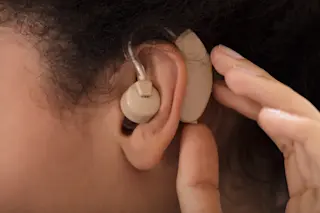I've mentioned this before, but I thought it would be useful to repeat again. Many of my social science related posts use Berkeley's web interface with the General Social Survey. Regularly people ask me in the comments details as to the variables, or a more explicit elaboration of the methods. First, this is a weblog, not a venue for me to publish scholarly papers. Most of the GSS related posts are meant to be "quick & dirty," and stimulate further exploration by readers. Unfortunately follow ups rarely happen. One can speculate why, but that's how it is. Nevertheless, I thought I would repeat really quickly how to use the GSS in a basic fashion. First, here's the URL: http://sda.berkeley.edu/cgi-bin/hsda?harcsda+gss08 This is the database from 1972 to 2008. You'll meet a screen like this:
The page is cluttered, but basically the right side is where you enter in your row and ...













